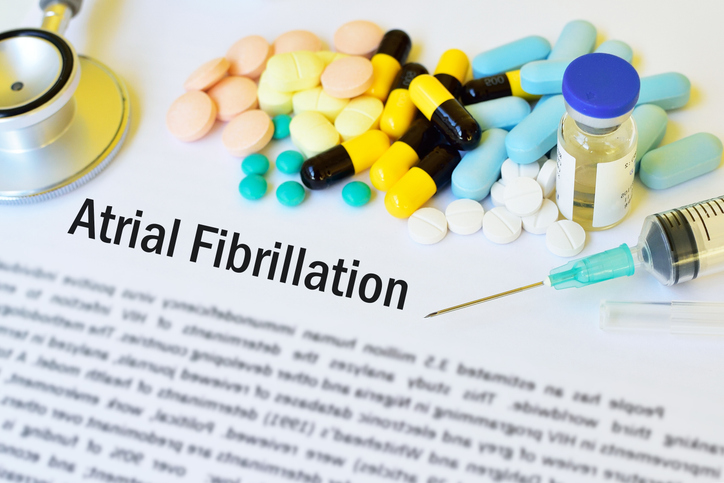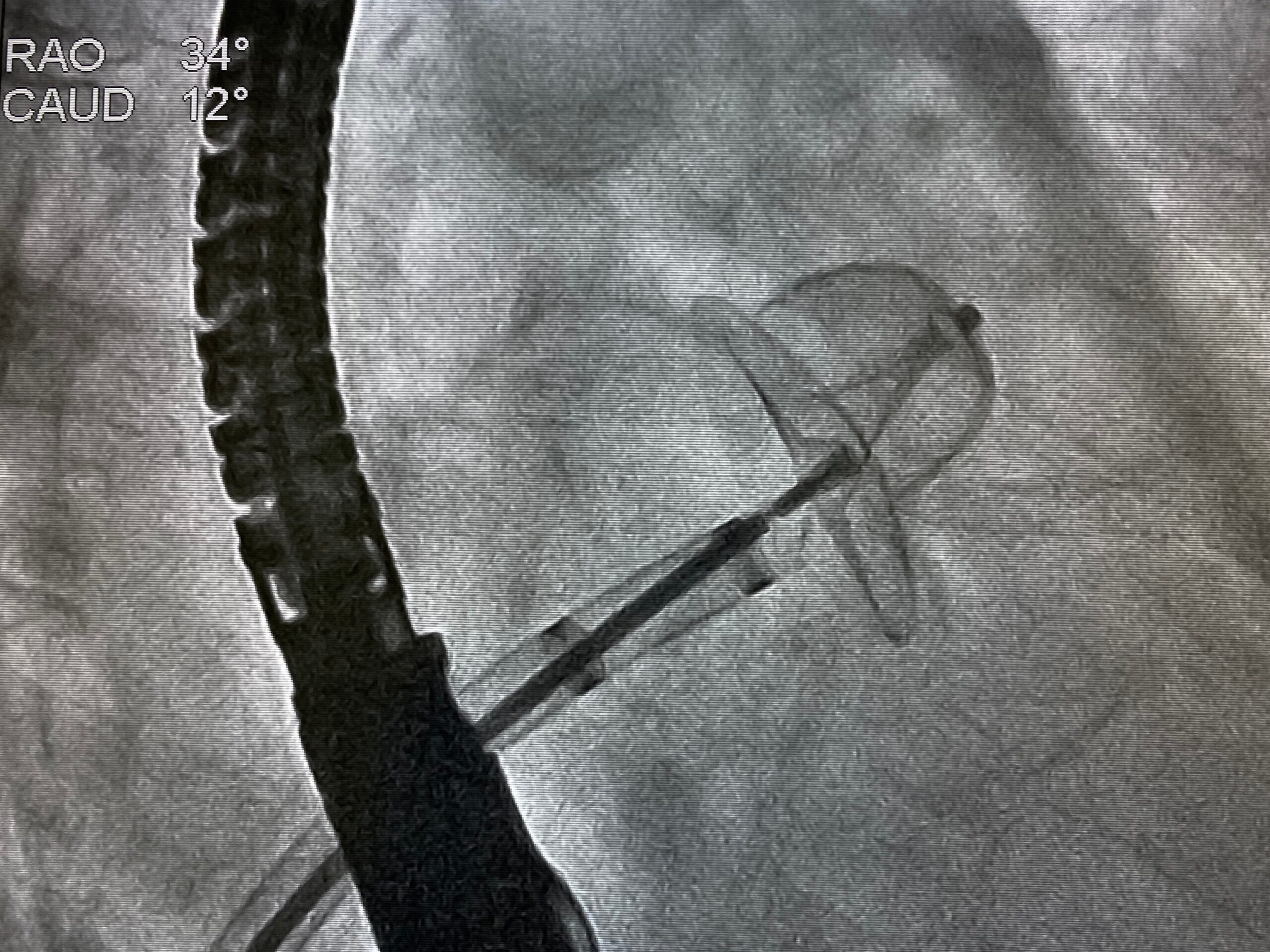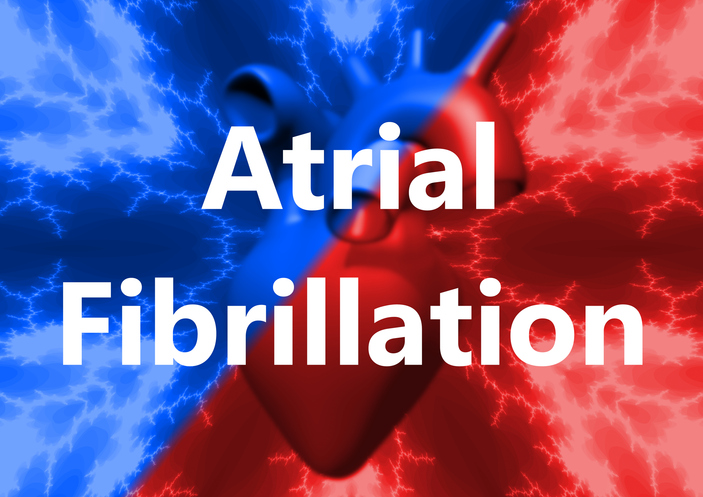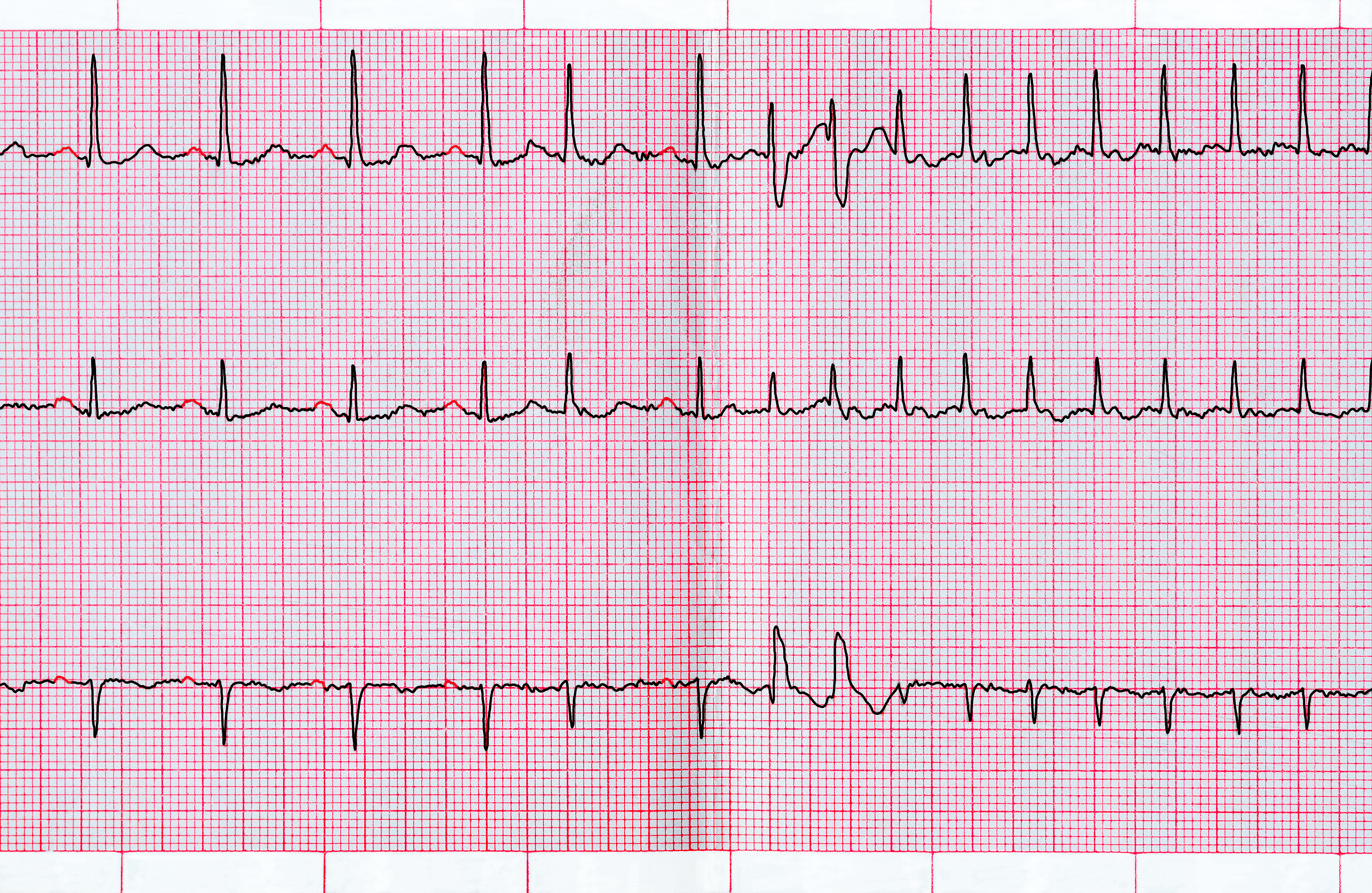
Partial cardiac denervation reduced the incidence of postoperative atrial fibrillation (POAF) among patients who underwent isolated coronary artery bypass grafting (CABG), according to a recent study published in JAMA Cardiology.
In this study, conducted by a team of researchers from China, the goal of the investigation was to evaluate whether partial cardiac denervation, “achieved by cutting off the ligament of Marshall (LOM) and resecting the fat pad along the Waterston groove,” would reduce occurrence of POAF without increasing postoperative complications.
POAF is considered a “common complication” after CABG and occurs most often within the first week after the procedure, with an incidence rate of 5% to 40%. According to the study, the complication can present additional challenges for patients, such as prolonging hospitalization, increasing the risk of stroke and death, increasing medical costs, and elevating the long-term risk of “cumulative cerebrovascular accidents.”
This single-center, randomized clinical trial enrolled 430 patients scheduled for isolated CABG in China from August 15, 2022, to December 13, 2023. Participants were stratified 1:1 into intervention and control groups, with follow-up visits scheduled for 30 days after hospital discharge.
The intervention group consisted of patients undergoing CABG plus partial cardiac denervation, and the control group consisted of patients undergoing CABG only. Physicians “continuously monitored” the participants for signs of POAF occurrence until six days after the procedure. According to the study authors, “the primary end point was the incidence of POAF in 6 days, defined as a supraventricular arrhythmia lasting for more than 30 seconds.”
Of the 430 patients within the total cohort, 79 were female (18.4%), with a mean age of 61.9 years. The findings revealed that incidence of POAF within the six-day threshold after surgery was significantly lower in the intervention group (18.1%) than in the control group (31.6%) (risk ratio, 0.57; 95% CI, 0.41-0.81; P=.001).
Furthermore, the researchers performed a sensitivity analysis utilizing Kaplan-Meier survival curves, which demonstrated “a significant reduction in the occurrence of POAF in the intervention group (hazard ratio, 0.53 [95% CI, 0.36-0.79]; P=.002).” In addition, when safety was evaluated, no differences were found between the two cohorts, and postoperative costs were found to be reduced in the intervention group.
According to the researchers, “These results suggest that partial cardiac denervation may be [a] viable option for cardiac surgeons to consider for reducing the risk of POAF after CABG.” The investigators also highlighted that the surgical technique used in this trial to reduce the risk of POAF is not “highly-demanding” and only requires short-term training, further emphasizing the efficiency of integrating this technique for the improvement of patient outcomes.
Source: JAMA Cardiology







 © 2025 Mashup Media, LLC, a Formedics Property. All Rights Reserved.
© 2025 Mashup Media, LLC, a Formedics Property. All Rights Reserved.